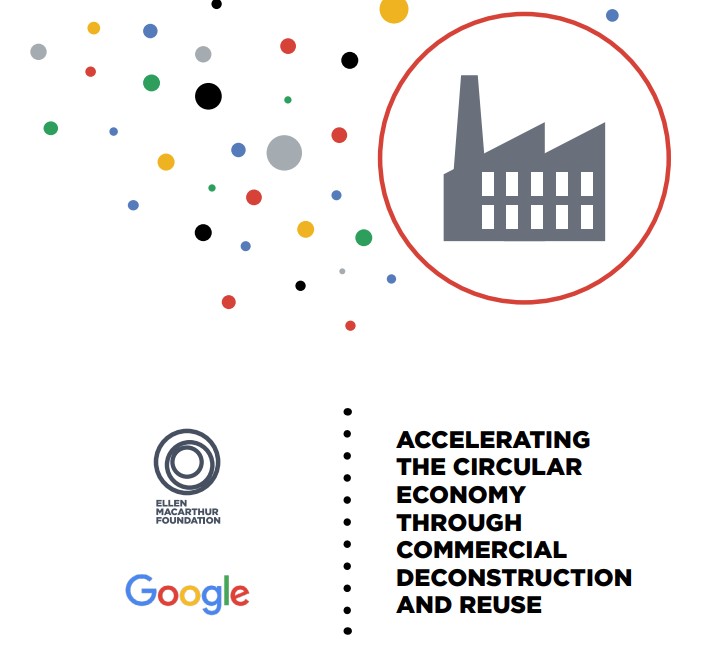“We don’t see how things are, we see them according to how we are”. ― Anaïs Nin
Modern neurobiology is providing evidence of what philosophers have been saying for a long time. What we observe is controlled and filtered by our beliefs and values, particularly in complex situations. How we see and respond to situations is based on who WE are.
Humans have always had to adapt to change. However, what we are faced with now is change that is unprecedented in its scale, speed and frequency. This is a challenge to our habitual ways of operating and we need to learn better ways – and fast. This particularly applies to change-makers working for systemic shifts.
First order learning works on the paradigm of changing behavior in order to change results, without reference to the reality that human behavior is predominantly automatic and based on beliefs and values. However, understanding the reality and complexity of human behavior means that we need to work smarter.
Being an effective change agent requires a deeper understanding – second order learning. Second order learning involves understanding the full spectrum of being human – the language, emotions and biology that make up our ways of being in the world and generate our behavior. If we can observe humans and human behavior at this deeper level then we can act more powerfully as change agents.
Observing differently…
Observing the world (and the human systems that impact it) differently means we have increased flexibility to achieve the positive changes we aspire to. With clearer understanding and the capability to access second order learning we can truly ‘be the change we want to see in the world’. We can access the developing knowledge base of human behavior and innovation adoption which has been developed in recent decades and apply it more effectively.
Instead of getting stuck in “they won’t change”, we can start observing for opportunities for constructive seduction – strategically targeting the outdated design and delivery systems of the 20th century.
For a more detailed discussion on the importance of second order learning, read the longer article “Second Order Learning, Coaching and Change” by Alan Sieler (which inspired this article).
(First published in “Regenerative Thinking in Action” – April 2014)










